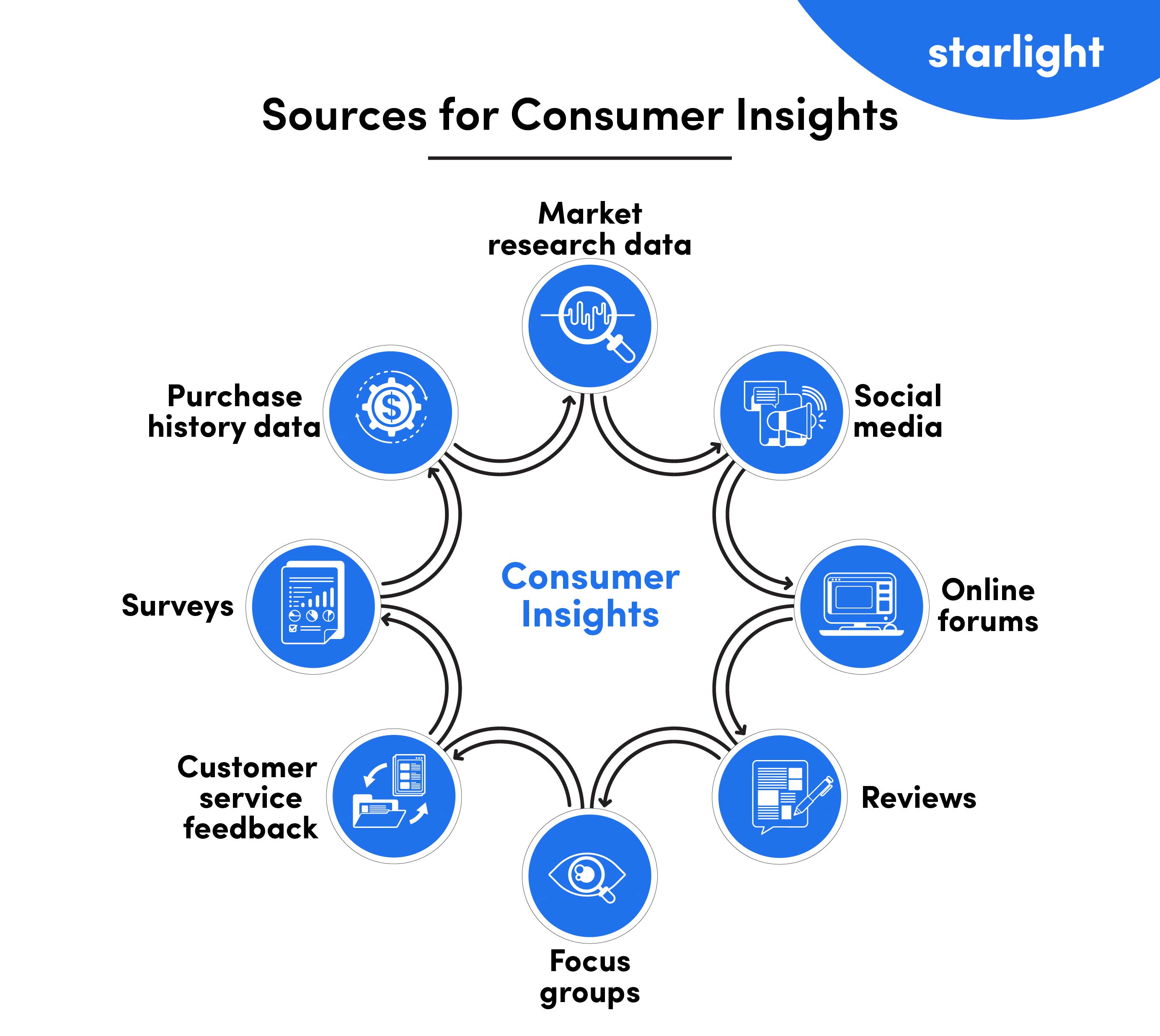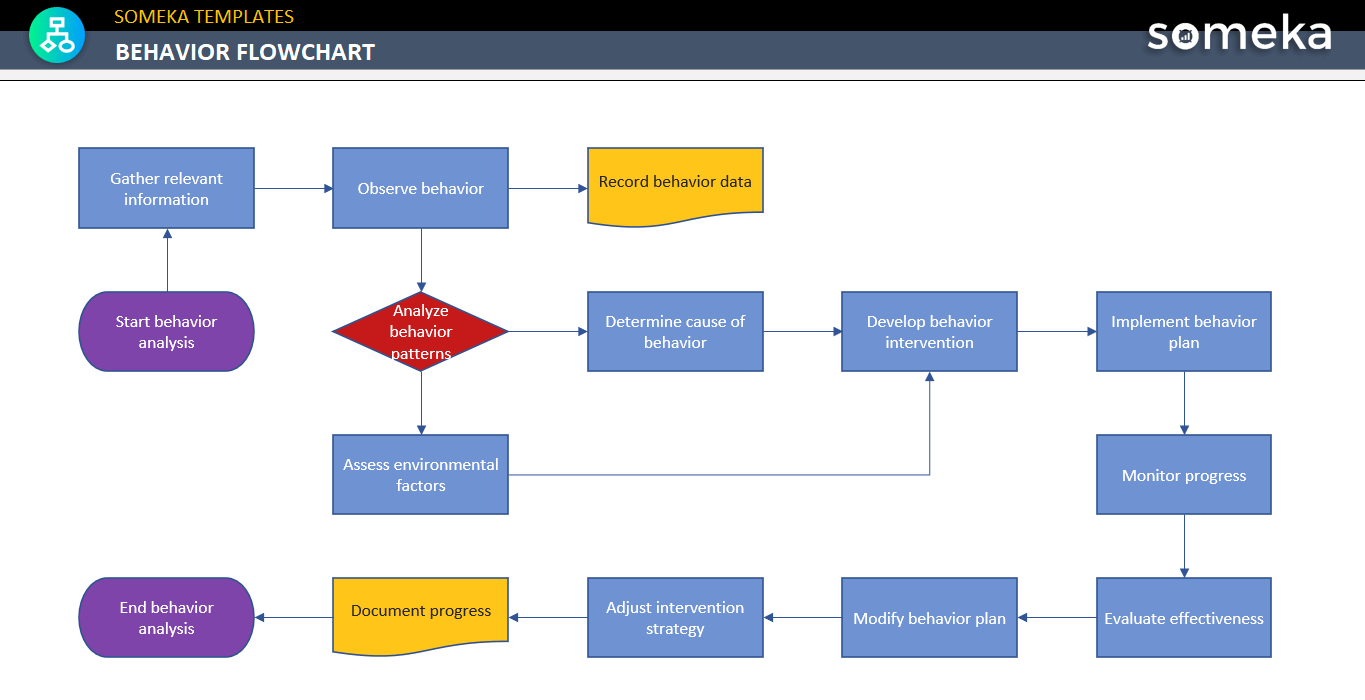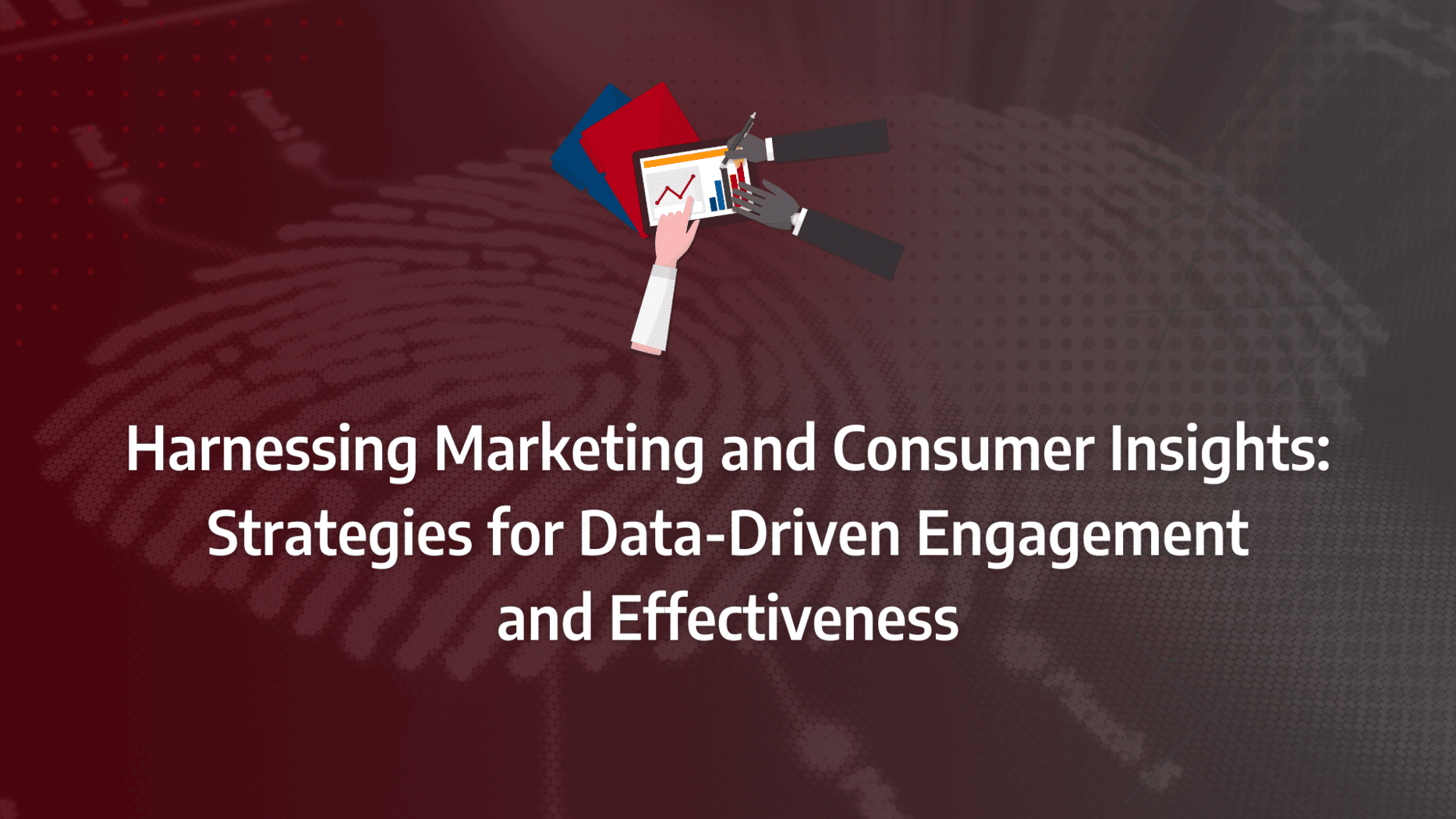Relying on instinct alone to guide your marketing strategies is no longer enough. The pressure to meet customer expectations and stay ahead of the competition is immense. Imagine if you could tap into a resource that offers real-time, actionable insights into your customers’ behaviours and preferences.
This is where marketing and consumer insights come into play. By leveraging these powerful tools, you can transform your approach, ensuring that every campaign resonates with your audience and drives meaningful results.
In this blog post, we’ll explore the essential strategies to harness the full potential of consumer insights, guiding you step-by-step through the process of creating data-driven marketing strategies that not only meet but exceed your business goals.
- Utilising marketing and consumer insights is essential for creating data-driven strategies that align with customer behaviour and preferences.
- Effective use of consumer insights can lead to more personalised marketing campaigns and enhanced customer engagement.
- Overcoming common challenges, such as data silos, is crucial for successfully integrating consumer insights into your marketing strategies.
- Advanced analytics tools play a key role in efficiently gathering and interpreting consumer data for more accurate marketing decisions.
- Keeping up with emerging trends in consumer insights, such as AI-driven analytics, is vital for maintaining a competitive edge in the market.
What are the main differences between marketing insights and customer insights?
Data is a fundamental tool driving business growth. With the proliferation of data collection tools, brands can easily gather information from consumers. However, data alone does not equate to insights. Being data-rich does not automatically translate to being insight-rich.
Marketing and consumer insights result from applying human reasoning and thought to analysed data. The goal is to create a directional change in consumer thinking and behaviour. Insights begin as raw data, which is then filtered through layers of analysis and acted upon by thoughtful reasoning to determine the best course of action for a brand. Insights extend beyond data and research, providing multiple views of customer information through strategic analysis of quantitative and qualitative data.

Understanding the Difference
Marketing insights reflect a business’s existing marketing efforts. Brands can access performance data that shows whether campaigns and messages are effective. These analytics span the brand’s social media, search advertising, email marketing, digital ads, TV ads, radio advertising, and more.
Customer insights, on the other hand, help brands understand what their existing customers are doing within the business. This data provides valuable information on customer preferences and behaviours, allowing brands to fine-tune their marketing operations to enable growth.
Why Are Insights Important for Business?
- Predicting Customer Behaviour: Marketing and customer insights enable brands to identify patterns in customer purchase behaviour. By observing these patterns over time, brands can predict customer behaviour months in advance. Some patterns can even indicate a customer’s lifetime purchase behaviour.
- Maintaining Customer Satisfaction: Insights are crucial for understanding the effectiveness of business operations and identifying what matters to customers. Brands can anticipate future trends and stay ahead of the competition. Addressing customers’ wants and needs promptly through insights helps build stronger relationships with them.
- Enhancing Business Decisions: Marketing and customer insights assist businesses in making better decisions. Insights allow companies to tailor their marketing strategies, ensuring a higher return on investment. This results in more targeted campaigns and reduced potential wasted budget.

The Meeting of Data and Insights
Data is an essential factor that all businesses should become familiar with. Major companies rely heavily on data to provide a unique experience for their customers. However, the true value of this data lies not merely in measuring it but in translating it into actionable insights. This translation process will guide brands towards the next steps in their marketing strategies.
By leveraging data-driven consumer insights, businesses can gain a competitive edge and foster stronger customer relationships. Implementing these insights effectively ensures that marketing efforts are not only efficient but also impactful, leading to sustained business growth.
Turning Data into Contextual Insight
To effectively contextualise data, brands need a deep understanding of every metric they monitor. Analytics only become truly powerful when brands comprehend the significance of each metric. For instance, a 5.8% conversion rate means that for every 100 clicks on an ad, approximately 5-6 people become customers. This indicates that 5.8% of those who clicked found the product, copy, or design compelling enough to convert. Brands should track how these conversion rates fluctuate over time, identifying which marketing strategies enhance conversion rates and which do not. By understanding these metrics and their impact on growth, conversions, and other key performance indicators, brands can make informed decisions on where to allocate time and budget, leading to intelligent and strategic investments.
What Matters Most?
From our experience, marketers often overlook the critical role of emotional engagement in long-term brand building. As clients often discover, emotional campaigns not only build brand equity but also future-proof the business. Typically, balancing short-term performance with brand loyalty ensures sustained growth. We have seen that, although targeting new customers is essential, expanding your brand’s mental and physical availability among all potential buyers is far more strategic than narrowly focusing on niches.Get In Touch
What methods can I use to collect raw marketing data effectively?
Collecting Raw Marketing Data
Begin by collecting data directly from your analytics tools. These marketing analytics for consumer insights lay the groundwork for your analysis, revealing essential insights. Focus on metrics directly related to your campaigns, such as the average time spent on landing pages, while ignoring less relevant metrics like page views. Remember, the relevance of your data sources is crucial for generating high-quality insights that align with your business objectives.
Types of Consumer Data
Social Listening: Social listening involves continuously monitoring and tracking online conversations to discover what consumers are saying about your brands, competitors, market, or other topics of interest across various social media channels.
Audience Analysis: Audience analysis identifies the demographic and psychographic characteristics of the audience associated with your brand. This analysis can be applied to users who follow your brand’s social media handles or engage with its content.
Netnographic Research: Netnographic research adapts traditional ethnographic methods like fieldwork and participant observation to the online environment. This immersive research method helps brands gain an insider’s perspective on online communities, leading to the development of detailed personas for their target audience.
Online Communities: Researching online communities involves analysing digital spaces where members share common interests related to your brand. By studying the interactions and conversations within these communities, brands can derive actionable insights applicable to their products or services.
Influencer identification: Influencer identification involves analysing users discussing topics related to your brand on social media. By identifying those who are most relevant to the conversation, either due to their reach or their ability to connect different clusters of users, brands can pinpoint potential influential voices to engage with.
Utilising Marketing Attribution Reports
Marketing attribution reports are vital tools for extracting valuable insights from your data, although the process can often be time-consuming. These reports utilise sophisticated analytics techniques to trace customer journeys, assess behaviours, and determine which touchpoints most effectively drive conversions. By identifying weak points in your campaigns—such as low-converting landing pages or underperforming advertising channels—these reports offer critical guidance.
Insufficient marketing attribution is a significant obstacle for 21% of marketing professionals striving to implement successful multi-channel strategies. This challenge underscores the importance of marketing attribution reports. By transforming raw data into actionable insights and combining these with external industry trends and research, you can achieve a holistic understanding of your customer’s journey. This comprehensive view will reveal new opportunities for increasing conversions and highlight areas that require improvement.
Linking Insights to Strategy
After gathering your raw data, the next step is to convert these insights into actionable strategies. Understanding customer journeys is crucial for effective marketing and consumer insights. This knowledge allows you to identify trends and correlations, optimising your campaigns for maximum ROI. Utilising tools like heat maps can help visualise data in an easily digestible format, highlighting areas for improvement.
By integrating data-driven consumer insights into your marketing strategy, you can make well-informed decisions that elevate your overall marketing efforts. This approach ensures that your strategies are backed by solid data, resulting in more effective and efficient campaigns.
Our Tactical Recommendations
In our work we frequently find that simple, tactical shifts can lead to outsized impact. Clients often discover that permission marketing—where audiences actively opt in—typically leads to higher engagement rates than traditional outreach. Additionally, using automation to scale personalisation without losing the human touch helps turn cold leads into loyal advocates. One highly overlooked tactic is leveraging behavioural economics to influence purchase decisions through subtle changes in the value proposition. For example, we’ve seen that reframing a product’s value can often be more persuasive than focusing solely on functional benefits, driving immediate action.Get In Touch
Important KPIs to Measure Across Digital Marketing and Customer Engagement
Key Performance Indicators (KPIs) are essential metrics used to evaluate customer satisfaction and overall marketing performance. Establishing KPIs across all marketing activities allows brands to identify areas for improvement and implement corrective actions when necessary.
Common KPIs
- Monthly Number of Unconverted Leads: This measures the number of leads that entered the sales funnel but did not make a purchase or subscribe.
- Email Response Rate: This KPI tracks the percentage of recipients who saw an email campaign and completed the desired action.
- Email Click-Through Rate: This measures the percentage of users who clicked on a specific link versus the total number of users who viewed the email.
- Funnel Drop-Off Rates: This metric measures the number of visitors who left a sales or marketing funnel without completing it.
- Sales Conversions to Leads: This KPI evaluates the effectiveness of a brand’s sales tactics in converting leads into new customers.
- Average Collection Period: This tracks the average number of days between the dates when credit sales were made and when the money was received from customers.
- On-Time Delivery: This measures the efficiency of processes and the supply chain, tracking the number of finished goods or services delivered to customers on time and in full.
Expanded KPIs
- Average Customer Lifetime Value: This metric represents the total worth a customer brings to a business over the entire duration of their relationship.
- Customer Attrition Rate: This measures the number of lost customers divided by the total number of customers at the start of the period, typically expressed as a percentage on a monthly or annual basis.
- Average Customer Retention Period: This KPI tracks the percentage of customers the company has retained over a given period, reflecting the opposite side of the churn rate.
- Customer Acquisition Rate: This metric calculates the cost associated with convincing a customer to purchase a product or service.
- Customer Wallet Share: This measures the amount a customer spends over a given period.
By focusing on these KPIs, brands can utilise marketing analytics for consumer insights and data-driven consumer insights to optimise their strategies. Understanding these consumer marketing insights is crucial for making informed decisions that drive growth and improve customer engagement.
How can I apply insights to enhance customer experience and loyalty?
When brands have gathered marketing and consumer insights, the next crucial step is to turn these insights into actionable strategies that enhance customer experience.
- Identify and Analyse Problems: Start by identifying the issues. Combining insights with analytical data and customer feedback can yield powerful results.
- Segment Customer Feedback: Organise customer feedback into segments to identify specific areas that need attention.
- Search for Quick Wins: Look for quick fixes that can be implemented immediately. Small changes, like modifying the font of an ad, can often be actioned swiftly and have a significant impact.
- Develop Comprehensive Strategies: Review all segments and develop thorough strategies. Crafting these strategies requires diligence to ensure a high return on investment (ROI).







